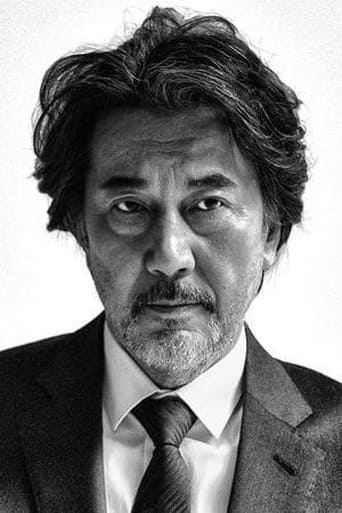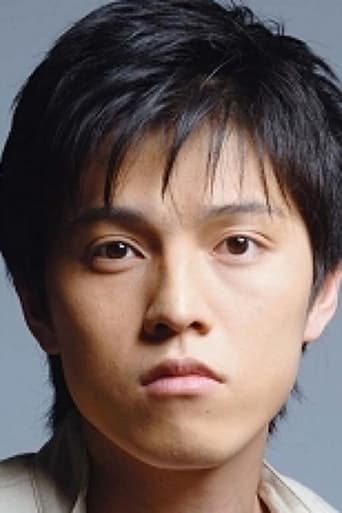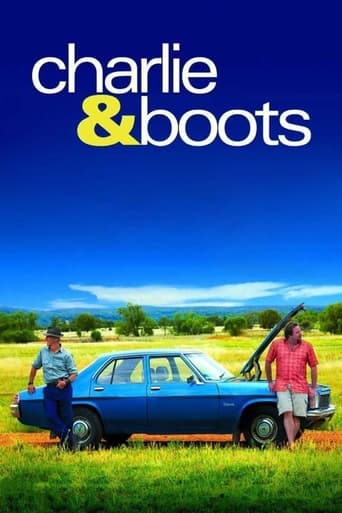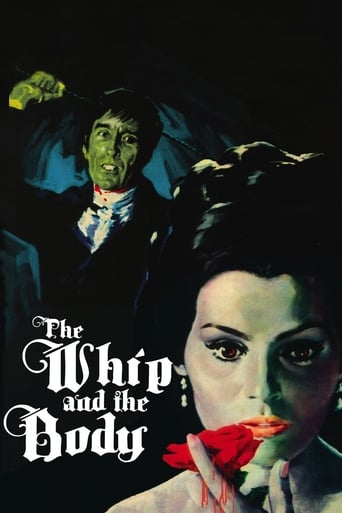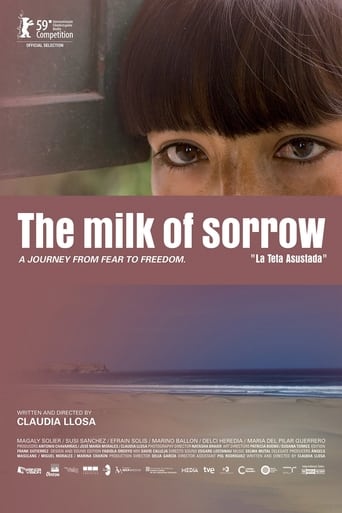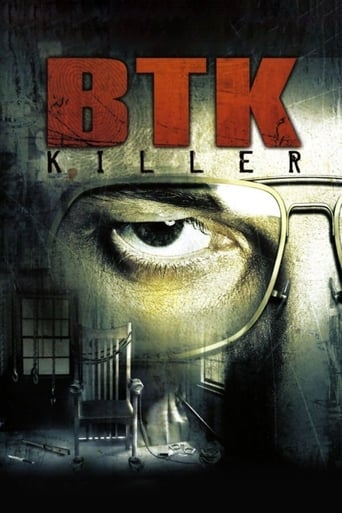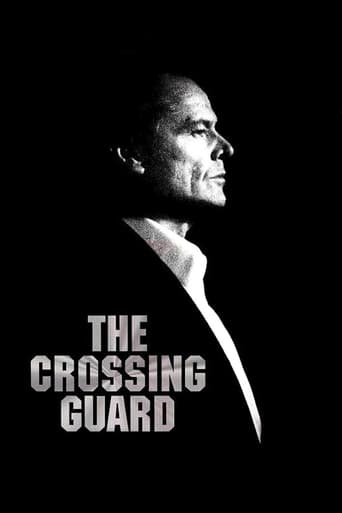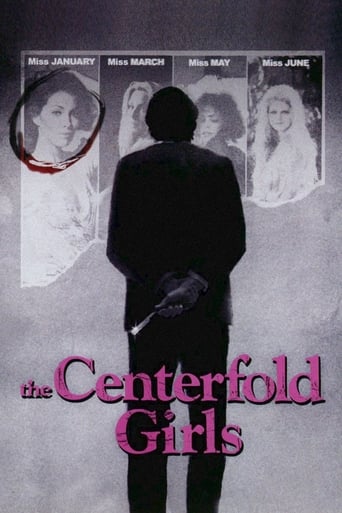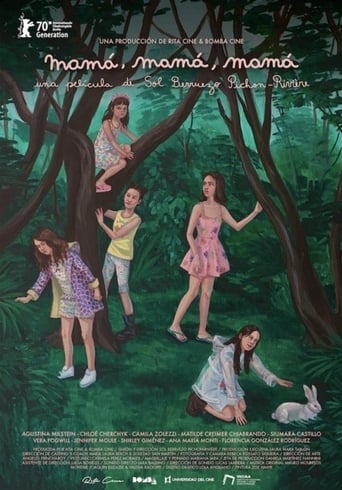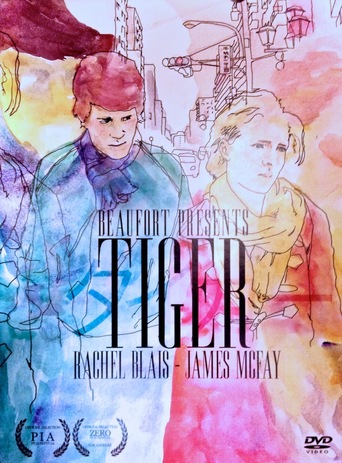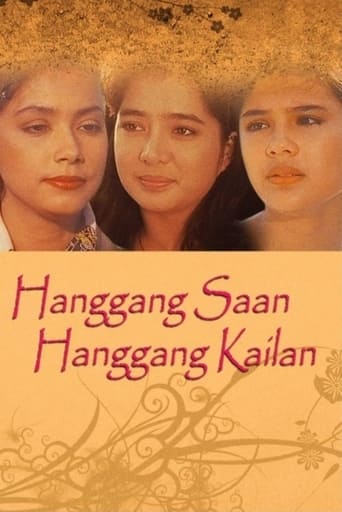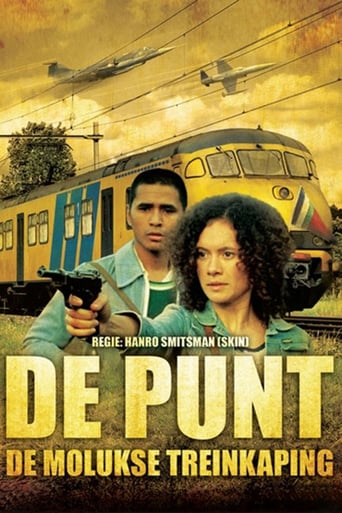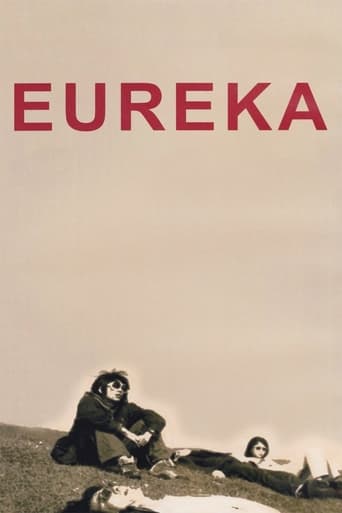
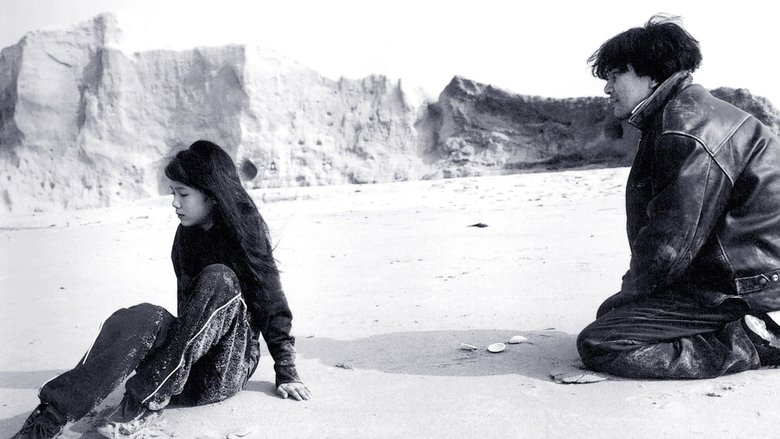
Eureka (2000)
In rural Japan, the survivors of a tragedy converge and attempt to overcome their damaged selves, all while a serial killer is on the loose.
Watch Trailer
Cast


Similar titles
Reviews
everything you have heard about this movie is true.
Admirable film.
At first rather annoying in its heavy emphasis on reenactments, this movie ultimately proves fascinating, simply because the complicated, highly dramatic tale it tells still almost defies belief.
Story: It's very simple but honestly that is fine.
Artistically speaking, this movie is excellent. The b&w suits perfectly the film, the camera work and the cinematography are superb, the acting (especially Yakusho Koji's) is great...The movie misses 10/10 because of: a. The duration. I don't have any problems with 3-4 hour films, but I believe Eureka could have expressed all that it was meant to express in 2 and a half hours tops. b. The soundtrack. Very amateurish compared to the rest of the movie. Silence/ambiance would have suited the film better. At least it is used very economically so that it doesn't get (very) annoying.A must watch.
If, as Nigel said in Spinal Tap, there's a fine line between clever and stupid, then this movie shows that there's a fine line between artistic and tedious.For me this movie teetered on the edge for three hours before unfortunately toppling into the "tedious" pile. I think it was that awful, experimental noise music which was inserted at a most inappropriate time which killed it for me. But there were many other close calls which could have proved fatal as well.First let's talk about the colour. Just because a movie is shot in b&w doesn't mean that it is magically elevated to artistic status. On the contrary, I feel that (modern) b&w film must earn its right to be b&w. This movie failed in that department. There is no use of shadows, sharpness or contrast which are the primary appeals of the monochrome medium. Instead, the whole movie has a soupy, fuzzy, bleached appearance, like an old VCR tape that you left on the dashboard for too long.Obviously the director was trying to make a statement with this visually unappealing use of browns. If the movie were any shorter than 3.5 hours, then I could have forgiven it. But unfortunately it didn't make the cut.Next let's talk about theme. Sure, it has a compelling theme (sort of like the other Japanese film from the same year "Suicide Club") dealing with the contagious nature of evil. I do have to give this film applause for handling the subject much more poetically than the pop trash flick Suicide Club. Yet I have to turn around and fault the director for dragging the same message out for too long. The effect was a watering down of an otherwise powerful message. Again, we tip from magnificent to annoying.Lastly I'll mention some of the cinematic techniques and scene compositions. In a word: wow. There are a few shots which must've taken 100 takes to get them right, and with that I am impressed. But you have to realize that I am impressed simply as a film nerd who looks for that sort of thing. Beyond the gimmickery of a "wow" shot to impress the film nerds, I didn't see much poetic meaning to these indulgent scenes. Quite often they went nowhere. Unlike Tarr (Werckmeister harmóniák) or Bresson (Pickpocket) or even Hitchcock (Rope) who used long scenes to build momentum to a miniature climax each time, this director uses long scenes which ultimately lose coherence and end on a totally meaningless note. Another reviewer compared this film to Tarkovsky, and I have to say that's right on the mark; both directors share the same annoying tendency to film things that don't necessarily relate to the work but are simply neato things to do (like Tarkovsky's obsession with zooming in on peoples' earlobes for 2-3 minutes).I love Japanese cinema. I love the challenging philosophy of films like Rashômon, the poetic complexity of films like Shiki-Jitsu, and above all, the focused clarity of films like Warai No Daigaku. Japanese cinema is art with a backbone. Unfortunately this film lacks that backbone which has been the defining characteristic since the days of Kurosawa. Without it, the film becomes just another desultory, rambling, impressionistic soup.Unless you're a big fan of Tarkovsky, Paradjanov and other ambling Russian directors, I advise you to avoid this film. If, on the other hand, you like your films orchestrated and carefully designed à la Kurosawa, Orson Welles, Robert Bresson, or even the latter day greats Wim Wenders and Takeshi Kitano, then skip this and instead spend your 3.5 hours trying to hunt down a copy of Kwaidan by Kobayashi.
A film beyond film; the rarest transfusion of worlds a step thru the rift of definition, into the realms of the sublime. Poetry of the unknown chasms of existence perfect reflections of the ghost and its flight. A journey, a search, beyond incidents, externalizations, time and space; emotions striving to hold on, to decode something of the abstraction of consciousness; of reality; of life (both on the basic primordial level and on the modern plateau). Aoyama has achieved a transcendtion of form, function, media, matter and expression; as if all the years of brooding had channeled into these three hours and forty minutes.A deal no doubt must have been struck with time and space themselves; to allow themselves to be exposed and laid bare before the camera to be carved out of each other and shaped and molded by human hands; sculptures made of moments and distance. Claustrophobia with the known universe. Movement coerced into a go-between, relaying messages from the outer rims.Intensity is felt with every frame; the intensity of ambiguousness the intensity of simply living thru time, at existing at the hands of the confusion of existence. Characters sift thru a war of existence. The individual; the self contained star drifting thru space, and the rootless feeling permeating the universe are here held open and dissected as if the individual's confinement were a show of fireworks. Isolation comes as natural drift, as if expected as wind thru the leaves of a tree, never forced or romanticized. Communication is reborn, and language held at bay; its deceiving tendrils plucked from their hold within the brain. The irrational is once again confronted face to face instead of by way of masked handshake in the dark. Open spaces and landscapes externalize the internal scope; playing out a disenchanted dream of reality. Roads, buildings, yards, construction sites, parking lots, fields, sky; all seem to drip with answers beyond their forms. They remain still, but hold the longing out with both hands; one step away from the void.The world has been caught, stripped to the bone; rendered poignant in sepiatone colored fever-(day)dreams (surely here, and to a fishier degree in von Trier's The Element Of Crime (1984), now proved to be the color of at least some part of heaven). Modernity has been deflated, time and space orchestrated, society has been shown limbless, history has retreated to the wastelands, and man is man as he has always been. Aoyama has pierced the skin; broken thru to the inner chambers. The surface has been dissolved and only the hopeful depths remain.
During its epic 3,5 hours of duration I managed to make some coffee, fry some eggs and let me assure you that I was a totally different man when it ended - It made me think about the real meaning of life, its beauty and subsequent horrors which we all go through at some point in our existence.This is sophisticated film-making at its best.


